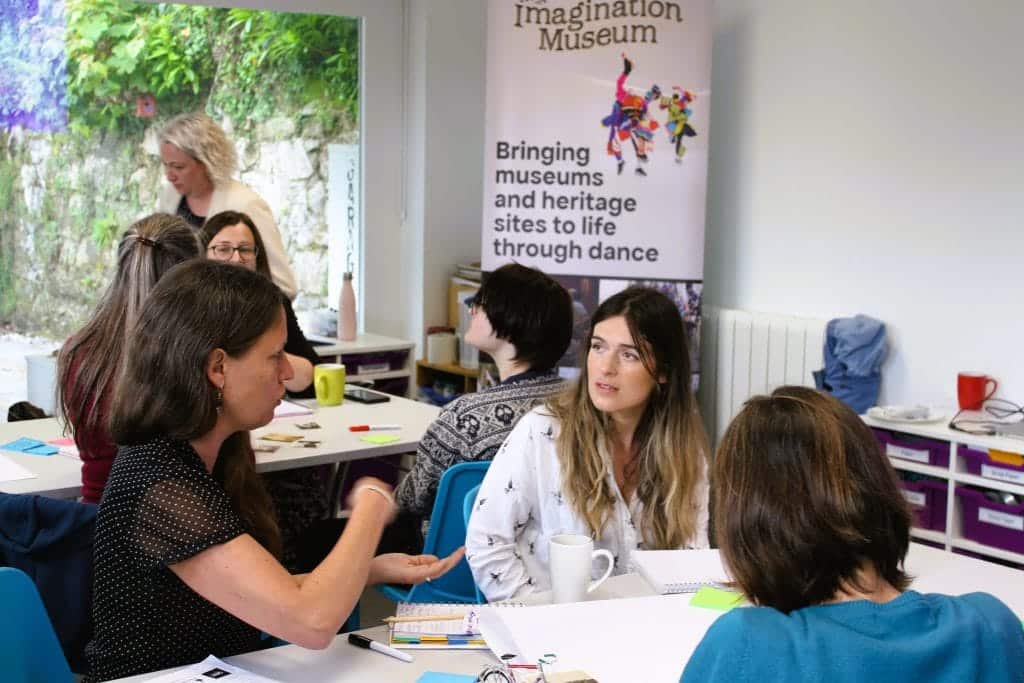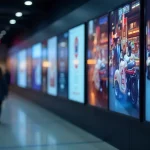Museums have long been treasured spaces for learning, exploration, and inspiration. They play an important role in nurturing creativity and intellectual development in young minds. Museums for children, in particular, offer a dynamic and interactive environment where kids can engage with exhibits that challenge their thinking, stimulate curiosity, and enhance cognitive and emotional development.
Why Museums Are Important for Children’s Development
A children’s museum is uniquely designed to make learning enjoyable and hands-on. Unlike traditional classrooms or reading materials, these spaces encourage young visitors to participate actively in their education. Kids can engage with exhibits that allow them to touch, build, create, and explore. These locations ignite curiosity and help develop critical thinking skills. Activities involve problem-solving, teamwork, and the application of concepts from various subjects, all of which contribute to academic success.
Moreover, these environments promote independent thinking. Kids are encouraged to ask questions, experiment, and explore without the fear of being wrong. Whether it’s playing in a water exhibit or solving a puzzle, they are allowed to fail, learn from mistakes, and try again. This not only builds resilience but also fosters a love for learning that lasts well into adulthood.
How Museums Spark Imagination
Children’s museums offer a wide variety of interactive exhibits and activities that fuel creativity and inspire imagination. These environments invite children to explore different subjects through hands-on experiences, allowing them to engage with exhibits that encourage active participation. Whether they’re building projects, exploring scientific concepts, or creating art, children enjoy the freedom to express themselves while developing critical thinking and problem-solving skills.
Activities in these environments allow children to step into different roles, such as scientists or artists, which enhances their ability to think creatively and view the world from new perspectives. Many exhibits are designed to encourage teamwork, communication, and cooperation, fostering important social skills. These collaborative activities, whether it’s group play or working on joint projects, help them develop empathy, resolve conflicts, and build stronger interpersonal relationships. The combination of imaginative play and social engagement makes these spaces a powerful tool for holistic development.
Educational Value Beyond the Classroom
A museum can teach in ways that transcend the boundaries of traditional education. Unlike the standard curriculum found in schools, the interactive exhibits in these spaces allow young visitors to explore a variety of topics such as science, history, art, and technology, engagingly and experientially. For example, children can explore physics concepts, discover the human body, or learn about various cultures through engaging and educational exhibits.
This hands-on learning helps reinforce knowledge acquired in the classroom, while also sparking new areas of interest that may not be covered in traditional schooling. A visit to such a venue can inspire kids to pursue subjects like astronomy, engineering, or art, opening up a world of possibilities for their future educational paths.
Fostering Emotional Development
These spaces are crucial for emotional development, alongside intellectual and social growth. Many exhibits explore themes of self-expression, identity, and emotional awareness. Through activities like art-making, storytelling, and role-playing, children gain a deeper understanding of themselves and their emotions, helping them navigate social situations more confidently. The sensory-rich environment, with its vibrant colors, textures, sounds, and movement, strengthens cognitive connections and boosts memory retention, fostering emotional intelligence.
These spaces foster curiosity, ignite imagination, encourage social interactions, and support emotional growth. In a children’s museum, kids can explore, create, and learn in ways that traditional educational settings may not provide. Through exploration, hands-on experiences, and social engagement, these dynamic spaces lay the foundation for a lifetime of curiosity, imagination, and a love for learning.







